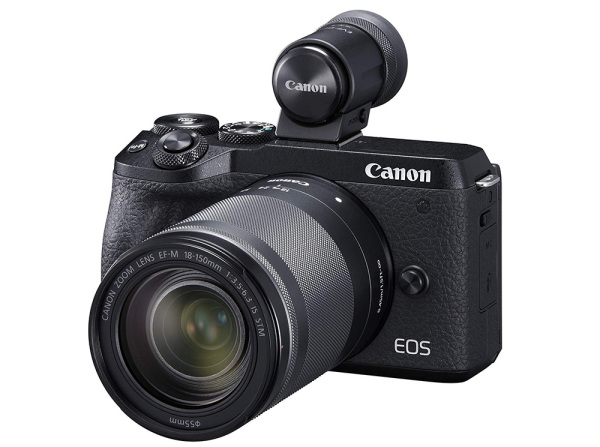On the web you can find the assertion that the new Canon EOS M6 Mk2 can handle an output with 10 Bit via HDMI. Among other things even in a  Canon hosted blog post. There it says literally:
Canon hosted blog post. There it says literally:
"During Clean HDMI out, video is not recorded to an in-camera SD card. With compatible external recorders, Uncompressed 4:2:2, 10-bit files can be recorded via HDMI."
Since it is also the first system photo camera from the Canon EOS series that can record in 4K without sensor cropping, this naturally awakens dreams in some potential buyers. With the built-in S35/APS-C sensor, this would actually be an unusually potent combination of video features that Canon offers here well under 1000 euros.

We did some research and at least have to dampen the joy a bit at this point. Not only that the camera is not capable of 24p (which should be done in 2020 by Frmware). We also see strong hints that the uncropbed 4K recording doesn't have a full sensor readout with subsequent downscaling. Instead, the Canon EOS M6 MarkII definitely omits lines - at least in the internal 4K recording - which causes artefacts in the debayering and no longer depicts fine 4K details. This is certainly tolerable for one or the other, but 10 bits with line skipping in post production can hardly be better than 8 bits with flawless downscaling with slight filtering/soft drawing in the post.
If, on the other hand (like the previous Canon system cameras), one would record in 4K Crop with 1:1 sensor readout (which the EOS M6 Mk2 doesn't offer to our knowledge), the used sensor area would be just 12.30mm wide. This corresponds to a horizontal full-frame cropping factor of almost 3 or approximately 1 inch of sensor area.
Thus, should the camera actually offer a 10 bit HDMI output, the practical use of this feature would be put into perspective anyway...

